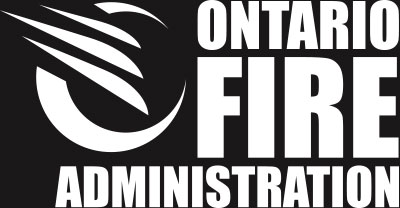Assessments
Stage Two – Vision Assessment
Candidates must meet the vision requirements as outlined in Chapter Six of NFPA 1582: Standard on Comprehensive Occupational Medical Program for Fire Departments.
The vision assessment is NOT conducted by OFAI at our test facility. Candidates must take the vision assessment form (located on your Frontline Health and Performance Smartabase account) to an eye care professional of their choosing for completion and pay the applicable fees associated. Candidates may also have the option to utilize personal extended health care benefits, if available.
Candidates must submit the completed form in one PDF file to your Smartabase account. Once you are logged in, visit the START HERE page under the “Other/My Resources. Follow the instructions regarding the “Vision Form” accordingly.
If you do not follow the instructions on the Start Here page in full, your vision form will not be processed.
OFAI will ONLY accept our vision form, and it must be stamped by your optometrist. Please DO NOT attach a business card – if a stamp is unavailable, please attach your paid receipt (identifiable with the name and/or address of Optometrist). Failure to submit correct documentation will result in your vision form not being processed. You may be required to return to your optometrist and additional charges may apply.
Please allow a minimum of three (3) business days for your vision form to be processed.
There are three certificates issued for Stage Two. Stage Two will be as follows:
- Stage Two: Vision Assessment (Two-Year Validity)
- Stage Two: Hearing Assessment (Two-Year Validity)
- Stage Two: Encapsulated Treadmill Test (Six-Month Validity)
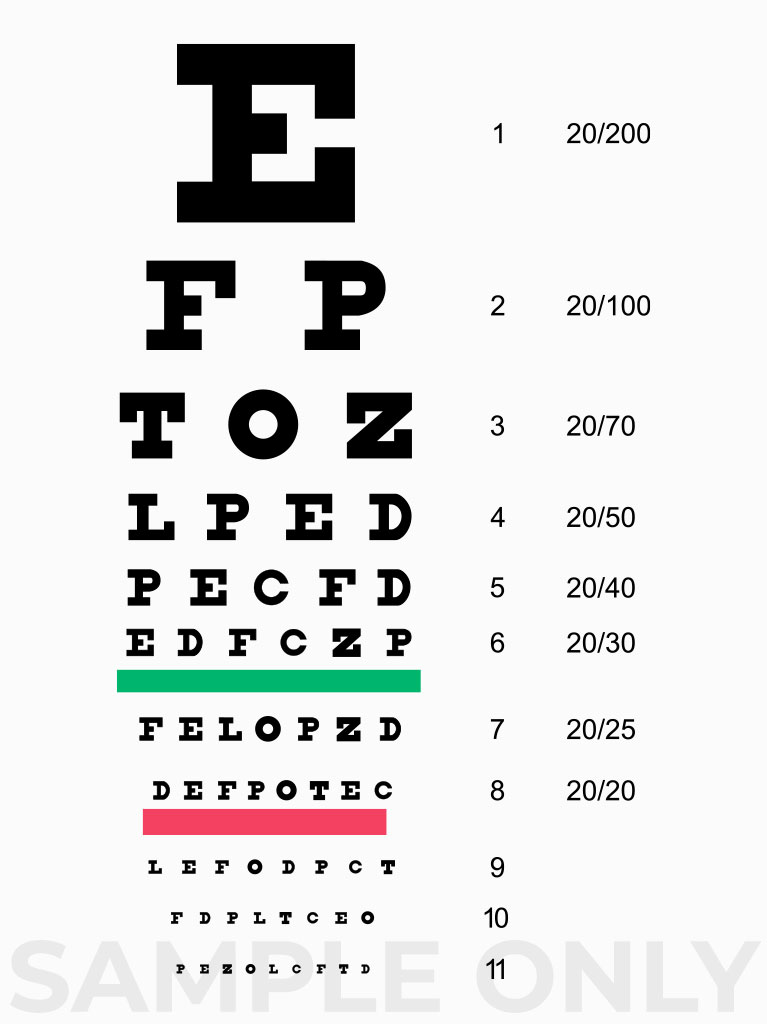
The following outlines the NFPA 1582 vision requirements candidates must meet:
Candidates with a Category B medical condition shall be certified as meeting the medical requirements of this standard only if they can perform the essential job tasks without posing a significant safety and health risk to themselves, members, or the public.
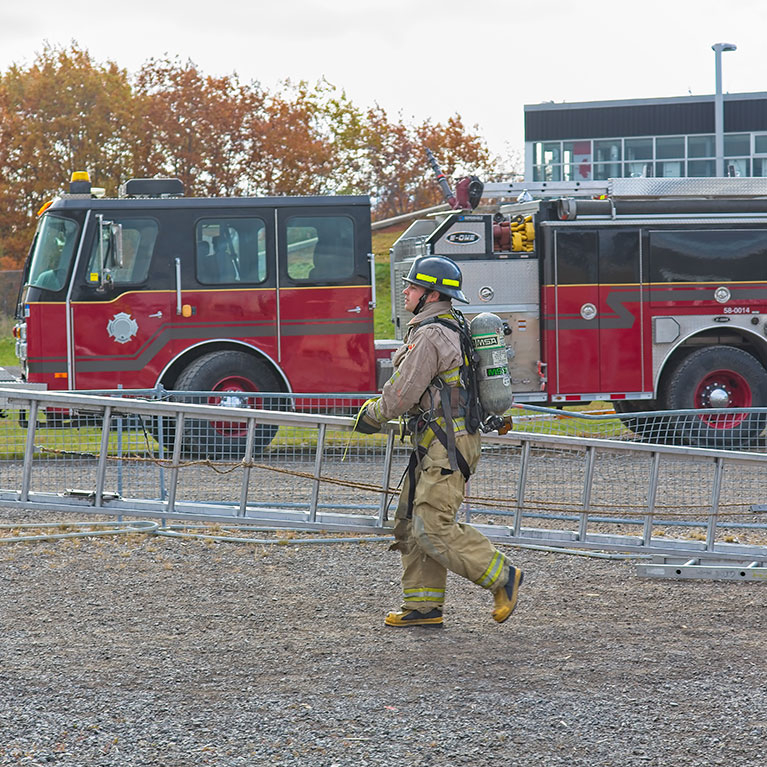
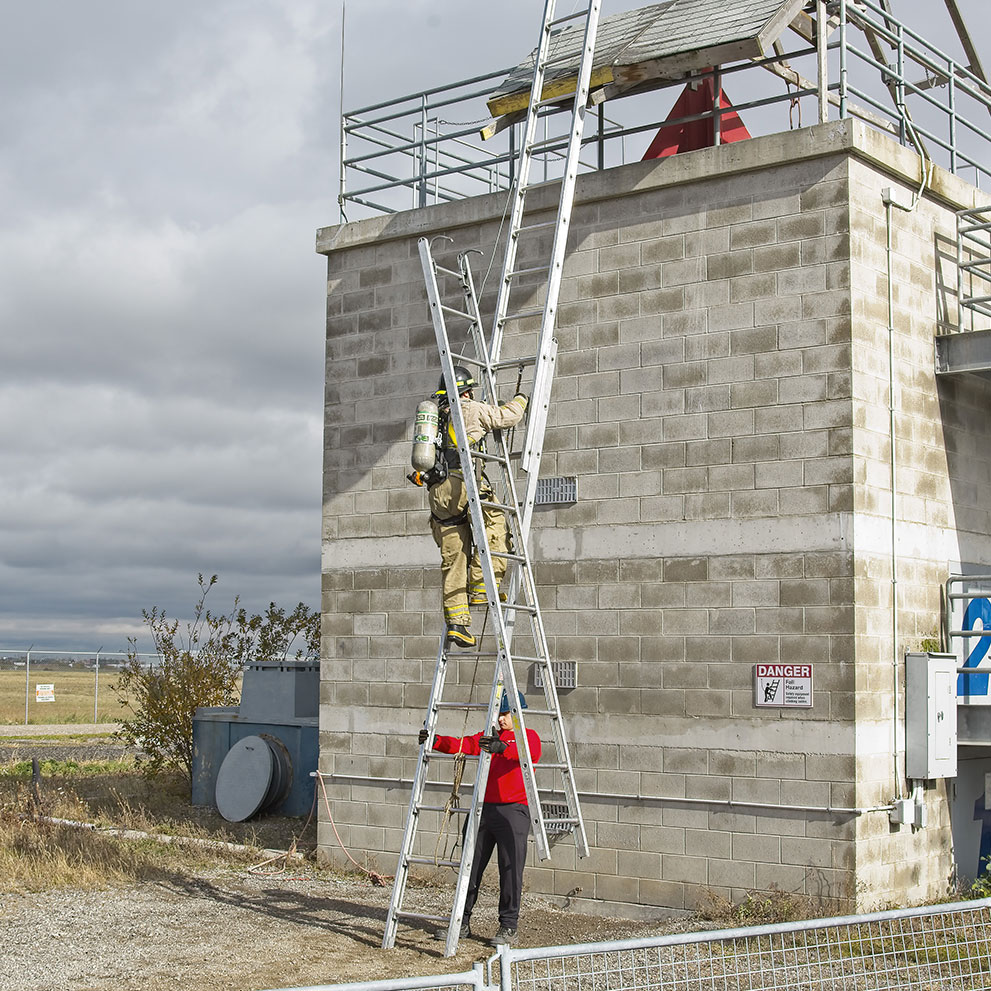
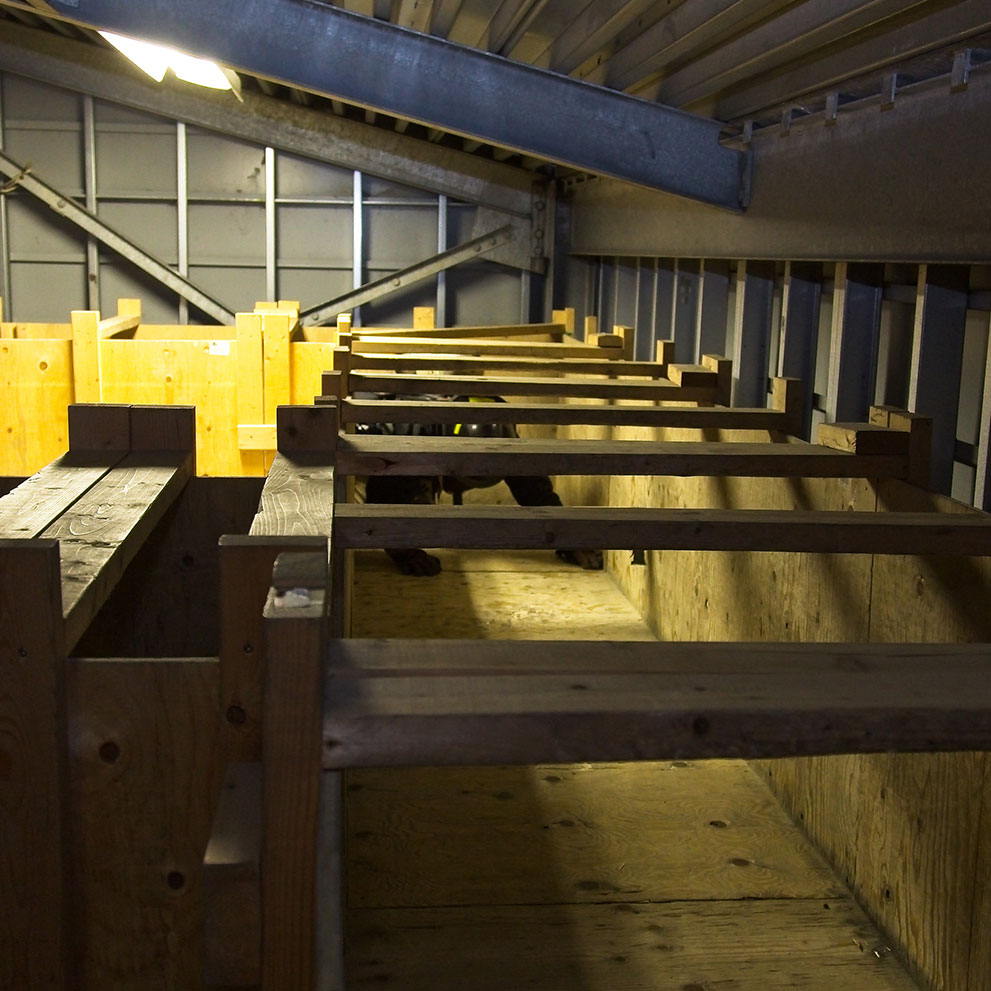
The following outlines the 13 essential job tasks of a firefighter as detailed in Chapter Five of NFPA 1582:
- *While wearing personal protective ensembles and self-contained breathing apparatus (SCBA), performing firefighting tasks (e.g., hoseline operations, extensive crawling, lifting and carrying heavy objects, ventilating roofs or walls using power or hand tools, forcible entry), rescue operations, and other emergency response actions under stressful conditions including working in extremely hot or cold environments for prolonged time periods
- Wearing an SCBA, which includes a demand valve–type positive-pressure facepiece or HEPA filter masks, which requires the ability to tolerate increased respiratory workloads
- Exposure to toxic fumes, irritants, particulates, biological (infectious) and nonbiological hazards, and/or heated gases, despite the use of personal protective ensembles and SCBA
- Depending on the local jurisdiction, climbing six or more flights of stairs while wearing a fire protective ensemble, including SCBA, weighing at least 50 lb (22.6 kg) or more and carrying equipment/tools weighing an additional 20 to 40 lb (9 to 18 kg)
- Wearing a fire protective ensemble, including SCBA, that is encapsulating and insulated, which will result in significant fluid loss that frequently progresses to clinical dehydration and can elevate core temperature to levels exceeding 102.2°F (39°C) 2013 Edition 1582–10 COMPREHENSIVE OCCUPATIONAL MEDICAL PROGRAM FOR FIRE DEPARTMENTS
- While wearing personal protective ensembles and SCBA, searching, finding, and rescue-dragging or carrying victims ranging from newborns to adults weighing over 200 lb (90 kg) to safety despite hazardous conditions and low visibility
- While wearing personal protective ensembles and SCBA, advancing water-filled hoselines up to 21⁄2 in. (65 mm) in diameter from fire apparatus to occupancy [approximately 150 ft (50 m)], which can involve negotiating multiple flights of stairs, ladders, and other obstacles
- While wearing personal protective ensembles and SCBA, climbing ladders, operating from heights, walking or crawling in the dark along narrow and uneven surfaces that might be wet or icy, and operating in proximity to electrical power lines or other hazards
- Unpredictable emergency requirements for prolonged periods of extreme physical exertion without benefit of warm-up, scheduled rest periods, meals, access to medication(s), or hydration
- Operating fire apparatus or other vehicles in an emergency mode with emergency lights and sirens
- Critical, time-sensitive, complex problem solving during physical exertion in stressful, hazardous environments, including hot, dark, tightly enclosed spaces, that is further aggravated by fatigue, flashing lights, sirens, and other distractions
- Ability to communicate (give and comprehend verbal orders) while wearing personal protective ensembles and SCBA under conditions of high background noise, poor visibility, and drenching from hoselines and/or fixed protection systems (sprinklers)
- Functioning as an integral component of a team, where sudden incapacitation of a member can result in mission failure or in risk of injury or death to civilians or other team members
IMPORTANT: The Stage Two: Vision Assessment form must be submitted in order to receive your OFAI certificates. It is YOUR responsibility to manage your testing process.


